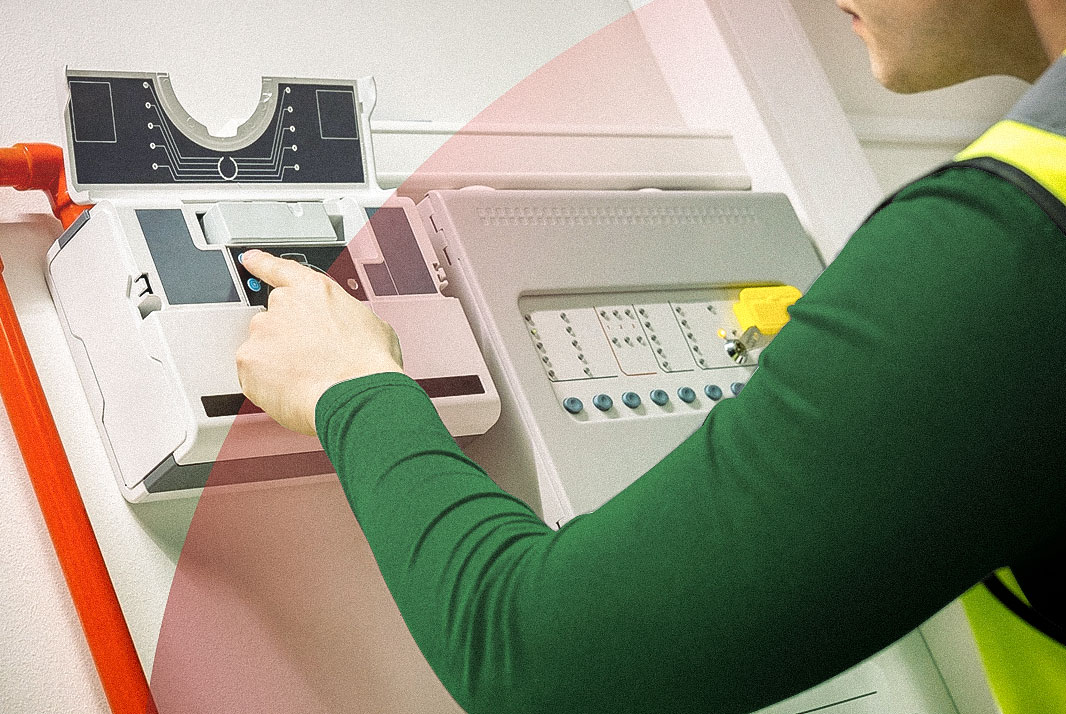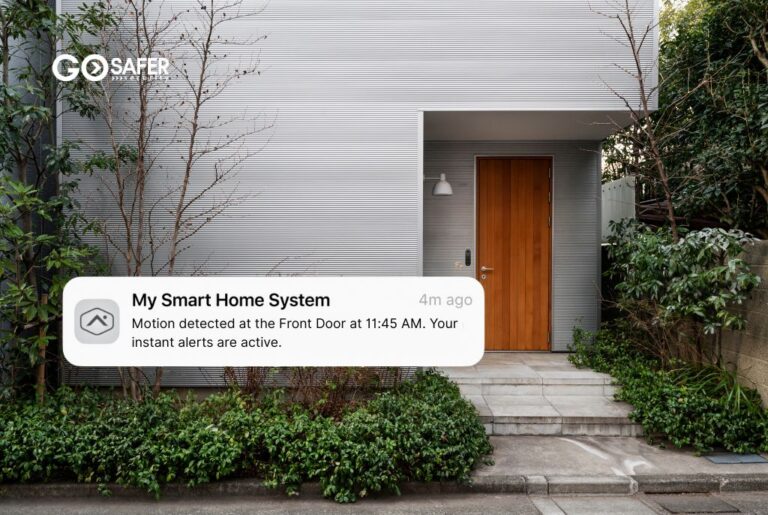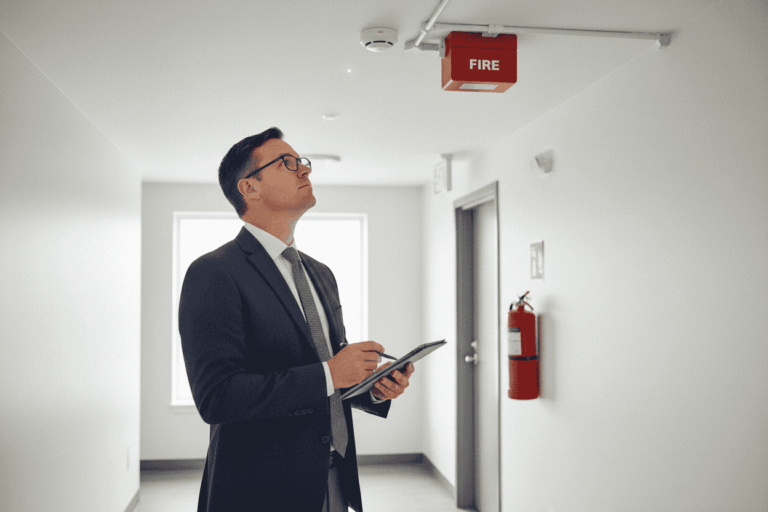Fire alarms are essential in ensuring the safety of lives and property. But have you ever wondered what happens behind the scenes when a fire alarm goes off? The fire alarm monitoring call-out process is a critical system that coordinates an immediate and effective response to emergencies.
In this blog post, we’ll break down each step of this process, explaining how fire alarm monitoring works, the procedures involved, and how emergency services are alerted. Whether you’re a building manager, a homeowner, or simply curious about fire safety systems, this guide will equip you with valuable insights into fire alarm response protocols.
Table of Contents
ToggleWhat Is the Fire Alarm Monitoring Call-Out Process?
The fire alarm monitoring call-out process refers to the steps taken when a monitored fire alarm system detects an emergency. This process involves multiple parties, including fire alarm monitoring companies, building occupants, and emergency services. Its goal is to ensure quick and effective action, minimizing damage and saving lives.
Key Steps in the Fire Alarm Monitoring Call-Out Process
1. Fire Alarm Activation
The process begins when a fire alarm is triggered. This can happen due to smoke, heat, or a manual pull station. Modern fire alarms often include sensors to detect specific threats, such as rising temperatures or smoke particles.
- Smoke Detectors: Identify airborne particles from combustion.
- Heat Detectors: Triggered by significant temperature changes.
- Manual Pull Stations: Used by individuals to manually alert others.
The fire alarm system instantly sends a signal to the monitoring center for further action.
2. Signal Transmission to the Monitoring Center
When the alarm is activated, the system communicates with a fire alarm monitoring center. This is done via secure connections like telephone lines, cellular networks, or internet-based protocols.
The monitoring center acts as the intermediary, verifying the nature of the alarm and ensuring a quick response. Signals typically include critical details, such as:
- The exact location of the fire alarm system.
- The type of alarm triggered (e.g., smoke, heat).
- Time of activation.
3. Verification of the Emergency
Once the monitoring center receives the signal, operators follow a verification process to confirm the emergency. This step is crucial in avoiding false alarms, which can strain emergency resources.
Verification methods may include:
- Two-Way Communication: Monitoring staff may contact the premises to check for signs of fire.
- Visual Confirmation: In systems equipped with cameras, operators may visually verify the situation.
- Automatic Alerts: Certain systems can instantly bypass verification and alert emergency services.
4. Alerting Emergency Services
After confirming the emergency, the monitoring center notifies local fire and emergency services. Key information, such as the building’s address and the nature of the alarm, is relayed.
- Automated Dispatch: Some systems automatically send alerts to fire departments.
- Operator Assistance: Monitoring staff may call emergency services directly to provide detailed information.
5. On-Site Evacuation
While the monitoring center handles communication, building occupants should initiate evacuation procedures. Fire alarms usually include loud sirens and visual strobe lights to alert everyone in the building.
Key tips for evacuation:
- Use the nearest exit; avoid elevators.
- Follow the building’s fire evacuation plan.
- Assist those with mobility challenges if it is safe to do so.
6. Fire Department Response
Once alerted, fire departments prioritize their response based on the nature of the emergency. Upon arrival, firefighters assess the situation and take necessary actions, such as extinguishing fires or assisting with evacuation.
Fire alarm monitoring systems significantly enhance the speed and efficiency of emergency responses, potentially preventing severe damage and loss of life.
Why Is Fire Alarm Monitoring Crucial?
The fire alarm monitoring call-out process serves as a life-saving system. Without monitoring, a fire alarm might go unnoticed, delaying critical response times. Monitoring ensures that someone is always ready to act, even if the building is unoccupied or during off-hours.
Benefits of monitoring include:
- Faster emergency response.
- Reduced risk of property damage.
- Enhanced safety for occupants.
- Compliance with fire safety regulations.
How to Choose a Reliable Fire Alarm Monitoring Service
1. Look for Certifications
Ensure the monitoring company complies with industry standards, such as UL (Underwriters Laboratories) certification.
2. Assess Communication Reliability
Opt for systems with multiple communication pathways, like cellular, internet, and traditional phone lines.
3. Consider Response Times
Ask about the company’s average response time to emergency alerts.
4. Check Customer Support
Reliable 24/7 customer support is essential for addressing technical issues or inquiries.
Common Misconceptions About Fire Alarm Monitoring
“Monitoring is unnecessary if you’re always home.”
Emergencies can escalate quickly. Professional monitoring ensures someone is always watching, even if you’re distracted or asleep.
“All monitoring services are the same.”
Different providers offer varying levels of service. Research is key to finding a company that meets your needs.
Conclusion
Understanding the fire alarm monitoring call-out process can help you appreciate the value of monitored fire alarms in safeguarding lives and property. From activation to emergency response, this system ensures timely and coordinated action during emergencies.
Investing in reliable fire alarm monitoring is not just a regulatory requirement but also a crucial step toward enhanced safety and peace of mind.







